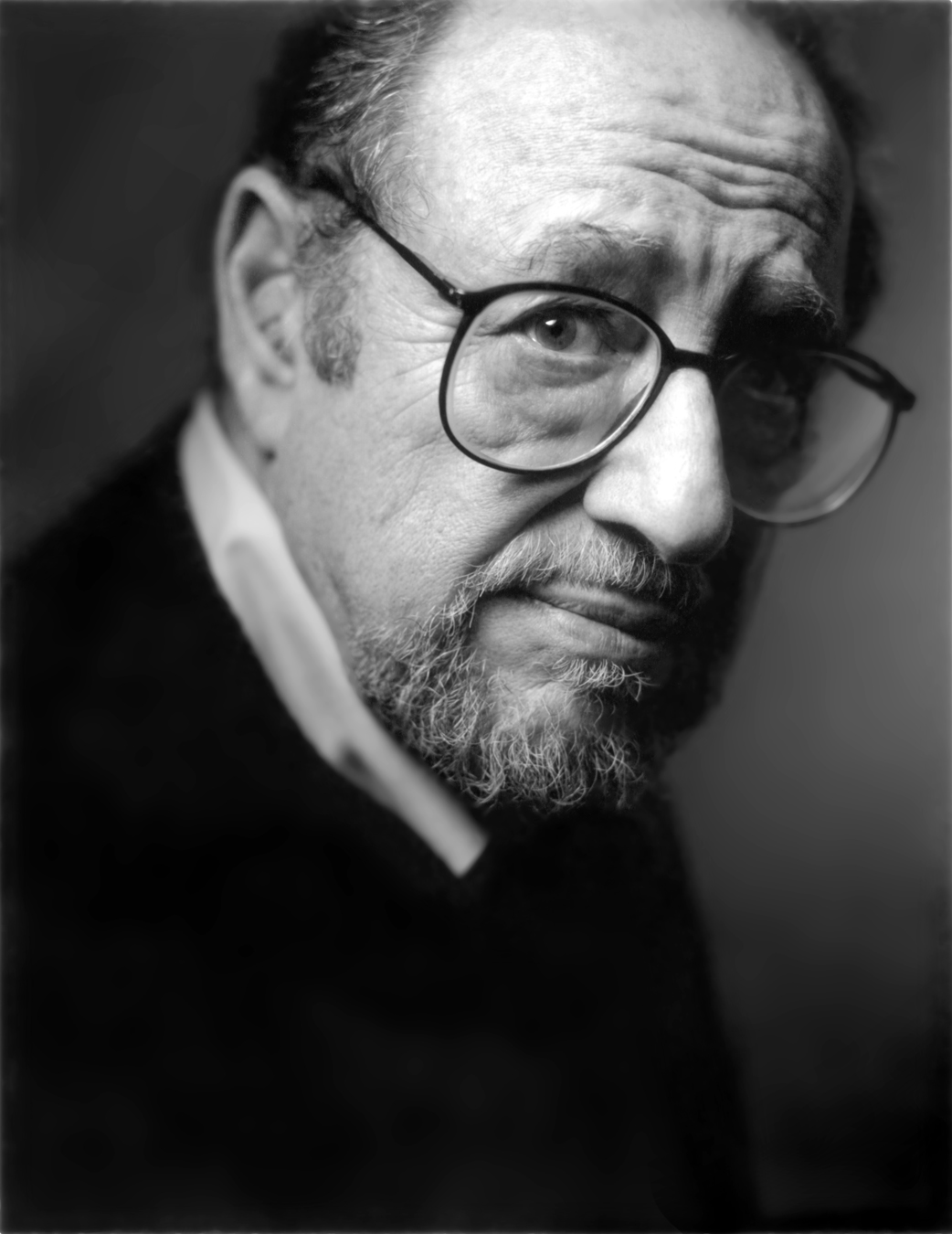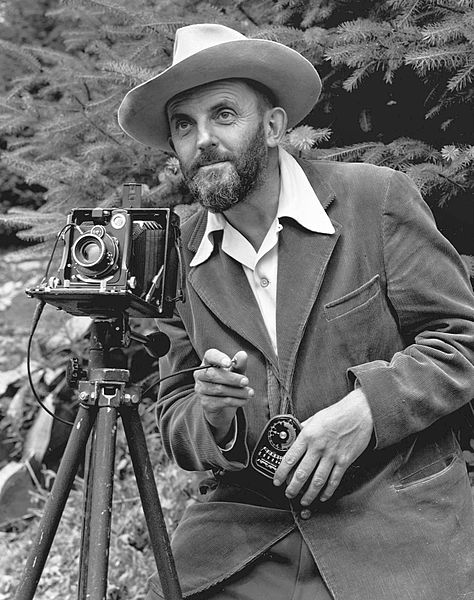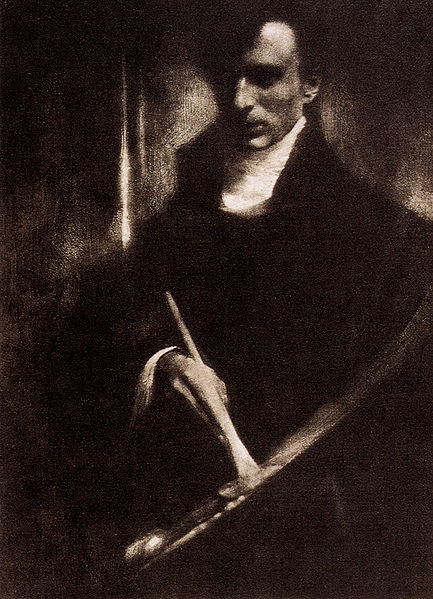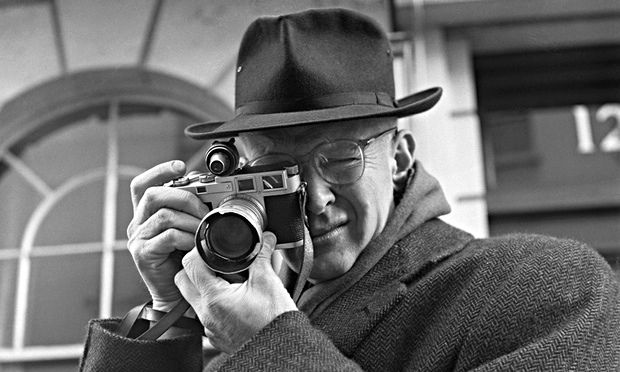Words to Remember
Quotations about Photography worth Thinking About
Flynn Marr | 23 January 2024
I originally wrote this Post in August of 2014 and looking at it now I realize that something is wrong with the website code and I cannot edit the original. Ten years ago I was new at this and I am sure the page is full of errors which is causing the current problems. Because Quotations about photography offer some valuable insights I decided it is time to rewrite the whole thing along with some additions I have come across.
Back then I was receiving a newsletter every so often from the “Digital Photography School” out of Australia. I can’t remember signing up for it but that doesn’t surprise me. I spend a good deal of time browsing photography websites and signing up for such things. I find these sites very instructive and some are downright inspirational.
Anyway, one of their newsletters had a link to a page of quotations about photography which I really enjoyed. So
much so I thought I might quote a few here and add my own thoughts. Since then I have added other words of wisdom I have come across. Taken all together they represent some serious lessons that those interested in photography should take to heart.
Let’s start with this: “The camera is an instrument that teaches people how to see without a camera”
I love quotations. It’s amazing how much wisdom can be wound up in such a few words. These words are attributed to Dorothea Lange who was a well-known American documentary photographer. We all know her famous image entitled ‘Migrant Mother’ which she took in 1936. Here she is saying that one must see without a camera.
Photography is not about cameras any more than painting is about paint brushes. There is nothing wrong with enjoying the feel and heft of really fine equipment. But don’t get confused about what you are feeling. Love of camera equipment and love of photography have little to do with each other.
“A lot of photographers think that if they buy a better camera they’ll be able to take better photographs. A better camera won’t do a thing for you if you don’t have anything in your head or in your heart.” A quote from Arnold Newman, an American Photographer born 1918. He made a name for himself with cameras and processes for producing prints that we would view as primitive today. But that was secondary to what he saw and felt. Here he says it straight out: it’s not the equipment, stupid!
As for your equipment “Photography is the power of observation, not the application of technology.” Ken Rockwell, controversial photo commentator, understood that the camera is not all that important.
I wish I knew who said “Buying a Nikon doesn’t make you a photographer. It makes you a Nikon owner.” He understood that taking great pictures is not about good equipment. “Saying a camera takes nice pictures is like saying a guitar plays nice melodies.” That too is a piece of wisdom by an unknown sage.
“You don’t take a photograph, you make it.” Ansel Adams said this. An American photographer and environmentalist, born in 1902, he was well known for his strong post processing of his images. His mastery of darkroom processes was legendary.
Marc Riboud is a French photographer who had his work in major magazines all over the world, such as Life, National Geographic and Paris Match. He made basically the same comment this way: “Taking pictures is savoring life intensely, every hundredth of a second.”
This kind of wisdom is not restricted to any one country. Alfred Eisenstaedt was a German photographer, born in 1898. His take on it was this: “The important thing is not the camera but the eye.”
“Everyone looks but it takes a long time to see” said David Bailey, an English photographer born in 1938, famous for his fashion photography.
Peter Henry Emerson was a very influential photographer and writer of the 1880’s and in his book “Naturalistic Photography” he said “It is not the apparatus that does the work, but the man who wields it.” But I think my favorite of his comments is “Art is not to be found by touring to Egypt, China, or Peru; if you cannot find it at your own door, you will never find it.”
Now, Mark Twain was not a photographer at all and he was not talking about photography when he said: “You cannot depend on your eyes if your imagination is out of focus”. The essential truth is that your mind has to see the picture; your mind has to take what is before it and project forward to see what the scene could be. Then you reach for a camera. But the process is essentially cerebral.
Again, it was Ansel Adams who said: “The single most important component of a camera is the twelve inches behind it.” You see, we can jump around to different countries, different times, different people, and the truth is the same. Great images are about what the mind brings to the technology. It is the same in painting: it is about what the mind brings to the brush and canvas.
“A portrait is not made in the camera but on either side of it.” That was Edward Steichen, a towering influence in American photography. “It’s not what you look at that matters; it’s what you see.” This is unattributed but it hammers home the same point. You have to see before the camera does. The camera is a creative tool but it cannot create great images. Oh, sometimes a person will be lucky they are in a certain spot or that the camera’s features performed well in front of an amazing scene. That is why you always want to look at a range of photos by a person. That takes the element of luck out of your judgment.
So how do you develop this inner eye? Sir John Lubbock, aka Lord Avebury, was an English Banker and Politician who said, about another subject, “What we see depends mainly on what we look for.” This is germane, because we have to know what we are looking for. We have to “see” our image and only then can we take the picture.
Start by knowing your camera and equipment inside out so that the technology is not a factor in what you are doing. You want it to be automatic. Otherwise the technology gets in the way and holds you back. That means you must take a lot of pictures.
“Your first 10,000 photographs are your worst.” Henri Cartier-Bresson must have had this in mind when he said these words. You need to take this many to get to know your equipment. Then you
must look at your pictures. And the best way to do that is to make prints. Nothing helps you analyze a photo better than trying to create a print. “The negative is the score; the print is the performance” Ansel Adams said. He understood that the end point of photography is in the print; it is the final product that is placed before the viewer.
Adams also said that “There are two people in every photograph, the photographer and the viewer.” If you take pictures and never display them, that’s fine. You have a hobby and you enjoy it. Don’t feel bad about that. But are you creating art? It is not necessary that you do to enjoy photography as a hobby. But again, don’t get confused about what you’re doing.
If you are trying to be an artist then you are making lots of prints and you are being critical of them; you are comparing them with the work of others you admire; you are studying the styles that bring meaning to you.
If you are trying to find the art in photography, “Don’t shoot what it looks like. Shoot what it feels like.” This was said by David Alan Harvey, an American photographer born in 1944. If you can capture what the subject makes you feel then you are injecting yourself into the photograph and you are projecting that feeling towards the viewer.
As Annie Leibovitz, American portrait photographer, once said: “If it makes you cry, it goes in the show.” Paul Caponigro, an important American photographer said “It’s one thing to make a picture of what a person looks like, it’s another thing to make a portrait of who they are.”
Did you ever wonder how many really fine pictures you can take in a year? Ansel Adams said “Twelve significant photographs in any one
year is a good crop.” This comes from a man world famous for wonderful images. Finding the art is not easy, but taking pretty pictures is.
And in a change of pace, let’s give the final word to Imogen Cunningham, another well known American photographer. Born in 1883 she was immensely influential in early American photography. She was asked once which was her favorite picture of the ones she had taken and she replied “Which of my photographs is my favorite? The one I’m going to take tomorrow.”
And as Scarlet said “Tomorrow is another day!”
In September of 2015 I found some other quotes posted by D.L. Cade on 500px and some of them I had not seen before.
For instance, Aaron Siskind (1903-1991), American photogapher said “Photography is a way of feeling, of touching, of loving. What you have caught on film is captured forever … it remembers little things, long after you have forgotten everything.”
I particularly like this quote from George Eastman, “Light makes photography. Admire it. Love it. But above all, know light. Know it for all you are worth, and you will know the key to photography.”
“When words become unclear, I shall focus with photographs. When images become inadequate, I shall be content with silence.” – Ansel Adams
“One doesn’t stop seeing. One doesn’t stop framing. It doesn’t turn off and on. It’s on all the time.” -Annie Leibovitz
“For me, the camera is a sketch book, an instrument of intuition and spontaneity.” – Henri Cartier-Bresson
“A photograph is a click away. A good photograph is a thousand clicks away and a better one, a million clicks away.” -Kowtham Kumar K
“The camera has always been a guide, and it’s allowed me to see things and focus on things that maybe an average person wouldn’t even notice.” – Don Chadwick
“The best thing about a picture is that it never changes, even when the people in it do.” – Andy Warhol
“Photography is a love affair with life.” -Burk Uzzle
“The only photographer you should compare yourself to is the one you used to be.” – unknown
“When people ask me what equipment I use, I tell them ‘my eyes’.” – unknown
“I think good dreaming is what leads to good photographs.” – Wayne Miller
“All photographs are accurate. None of them is the truth.” – Richard Avedon
“To consult the rules of composition before making a picture is a little like consulting the law of gravitation before gong for a walk.” – Edward Weston
“People say photographs don’t lie. Mine do.” – David LaChapelle
“A camera didn’t make a great picture any more than a typewriter wrote a great novel.” – Peter Adams
“How many photographers does it take to change a light bulb? The answer is 50: one to change the bulb and 49 to say ‘I could have done that!’.” – unknown
Last month, December 2023, while preparing my last post here which was on Pictorialism I came across the Belgian photographer Leonard Misonne whose work I really like. Have a look at that article to see several of his photographs.
He said that “The subject is nothing, the light is everything.” I like that. It reminds of George Eastman’s quote we looked at above.
He is also said to have observed that “The sky is the key to the landscape.”
Finally, going back to Henri Cartier-Bresson, “Sharpness is a bourgeois concept”. For those who obsess over the sharpness of their lenses that is an interesting observation.
Another time he said “We seldom take great pictures. You have to milk the cow a lot and get lots of milk to make a little piece of cheese.”
And there you have it. I like this page and return to it often to think about these comments. As you ponder what these people have said, Google them and read about who they were. I think you will find that these few words are the wisdom of some of the best photographers we have had.
This website is the work of R. Flynn Marr who is solely responsible for its contents which are subject to his claim of copyright. User Manuals, Brochures and Advertising Materials of Canon and other manufacturers available on this site are subject to the copyright claims and are the property of Canon and other manufacturers and they are offered here for personal use only.








